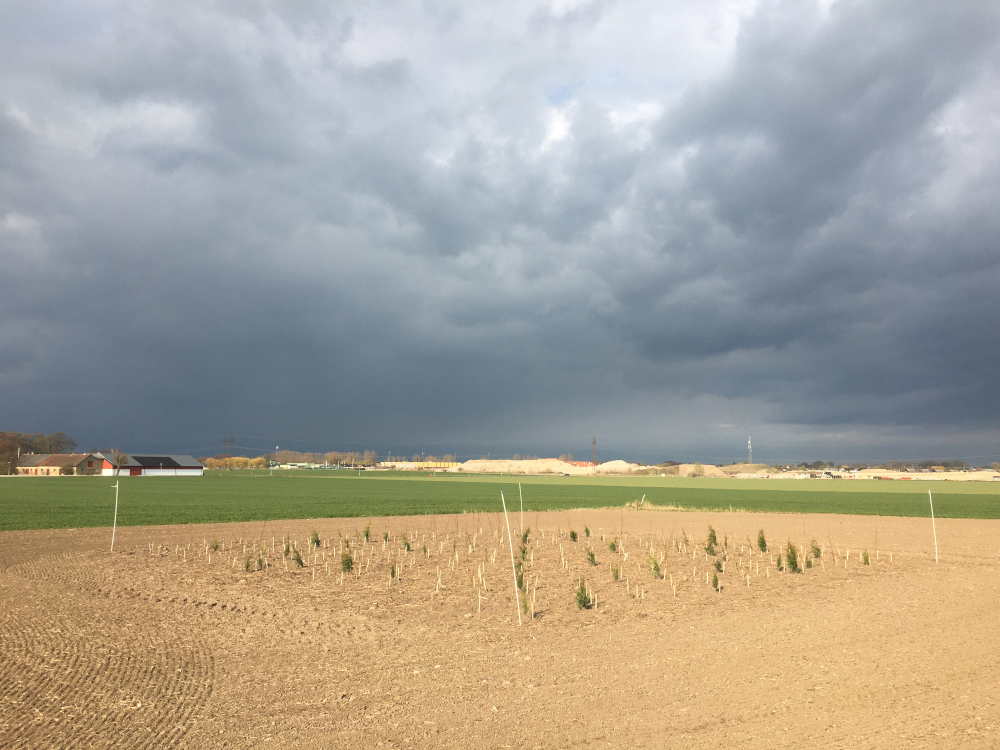
The project at Lönnstorp and Röbäcksdalen research stations aims to answer questions around the relative importance of different woody-plant traits, such as leaf and root habits, together with mycorrhizal associations (symbiotic root associations with fungi) for plant-soil feedback mechanisms (i.e. the growth response of plants when growing in a new soil habitat) and for structuring soil, root and leaf-associated microbial communities and their functioning.
To investigate this, seedlings of twelve different woody plant species, ranging from conifers, such as spruce, and yew to broadleaf species, such as birch and maple, will be transplanted. The different species associate with different mycorrhizal fungi. Some seedlings will be inoculated with forest soil and some will not. Seedlings will also be planted in soil from the station where they are not planted (i.e. some seedlings at Lönnstorp will be planted in soil from Röbäcksdalen and vice versa) to account for differences in abiotic and biotic factors between the two sites.
The growth of the plants will be measured over two growing seasons, during which leaf associated microbial communities and nutrient concentrations will be analyzed. At the end of the experiment rhizosphere soil will be collected to examine the chemical properties and the microbial communities.
The results will hopefully contribute to the knowledge about which traits of the plant-soil system are central in altering the growth habitat (negatively or positively) during afforestation. In addition, these results could give an indication of the implications on ecosystem processes such as carbon and nutrient cycling across different climates over the short term, together with unravelling basic ecological questions around the assembly of plant-associated microbial communities and their functioning.
Text: Tarquin Netherway, Department of Ecology, SLU.